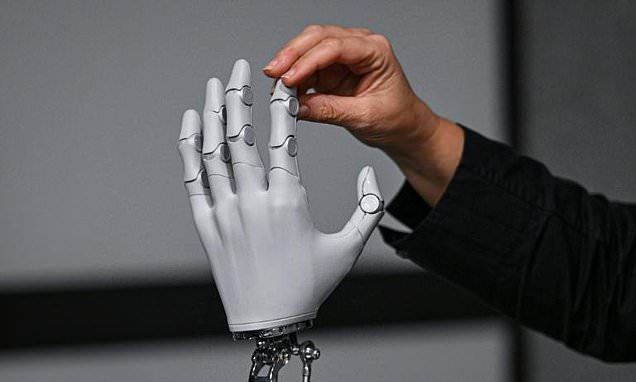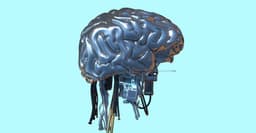Home / Technology / Tech Firms Bet Big on Physical AI, Predicting 1 Billion Humanoid Robots by 2050
Tech Firms Bet Big on Physical AI, Predicting 1 Billion Humanoid Robots by 2050
14 Nov
Summary
- Tech firms investing heavily in physical AI and humanoid robots
- Morgan Stanley predicts over 1 billion humanoid robots worldwide by 2050
- Robots being developed to assist in care homes and perform household tasks

As of November 14th, 2025, the tech industry is making significant investments in the field of physical AI, with the goal of integrating intelligent robots into our daily lives. According to a recent report by Morgan Stanley, the world could have more than a billion humanoid robots by the year 2050.
These advanced androids are being designed to tackle a wide range of tasks, from washing dishes and doing laundry in short-staffed Japanese care homes to potentially performing "almost any human role" in the future, including jobs as nannies, home chefs, and gardeners. Companies like XPeng, Unitree Robotics, and EngineAI in China, as well as Boston Dynamics in the US, are at the forefront of this technological revolution.
However, the transition to widespread physical AI is not without its challenges. While the robots can already perform impressive feats, such as dancing and moving heavy objects, their dexterity and ability to handle delicate tasks still lag behind their AI capabilities. Additionally, the high cost of these machines, with a single robot hand potentially costing as much as a Chinese worker's annual salary, could hinder their immediate adoption in certain industries.
Despite these obstacles, tech giants like Nvidia and SoftBank remain bullish on the future of physical AI, viewing it as the "next frontier" in the field of artificial intelligence. As the technology continues to evolve, the impact of these humanoid robots on the job market, privacy, and everyday life is sure to be a topic of ongoing discussion and debate.




